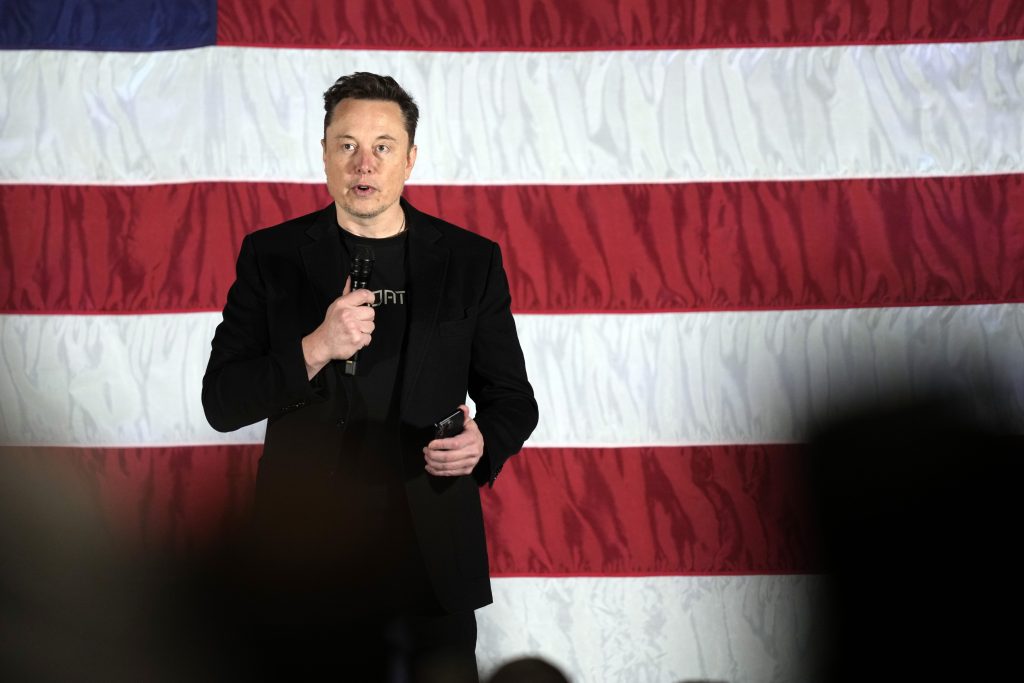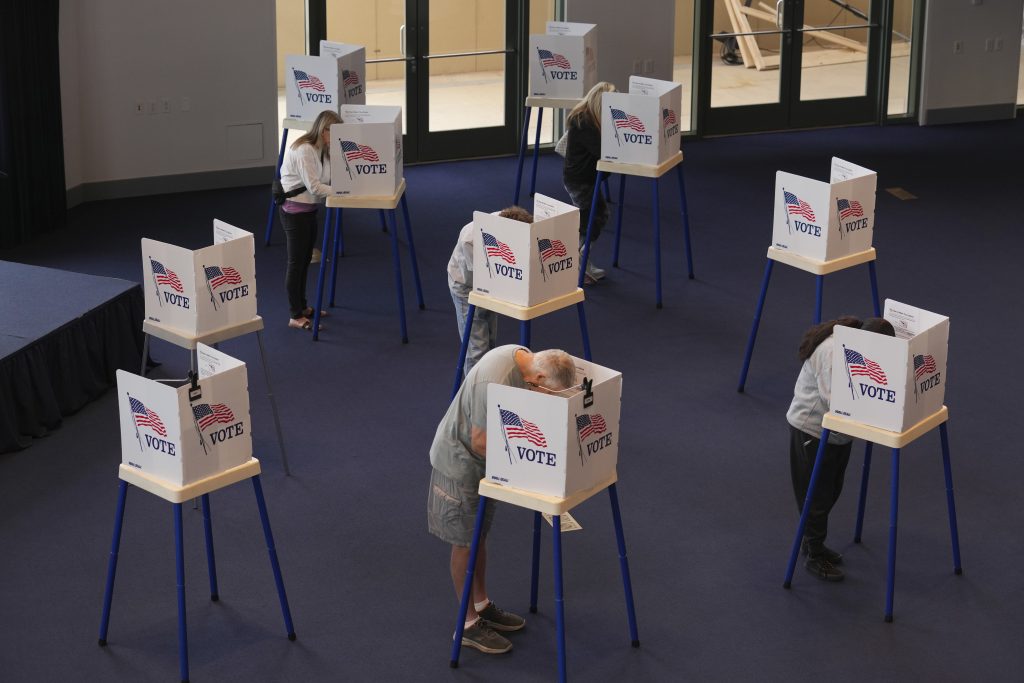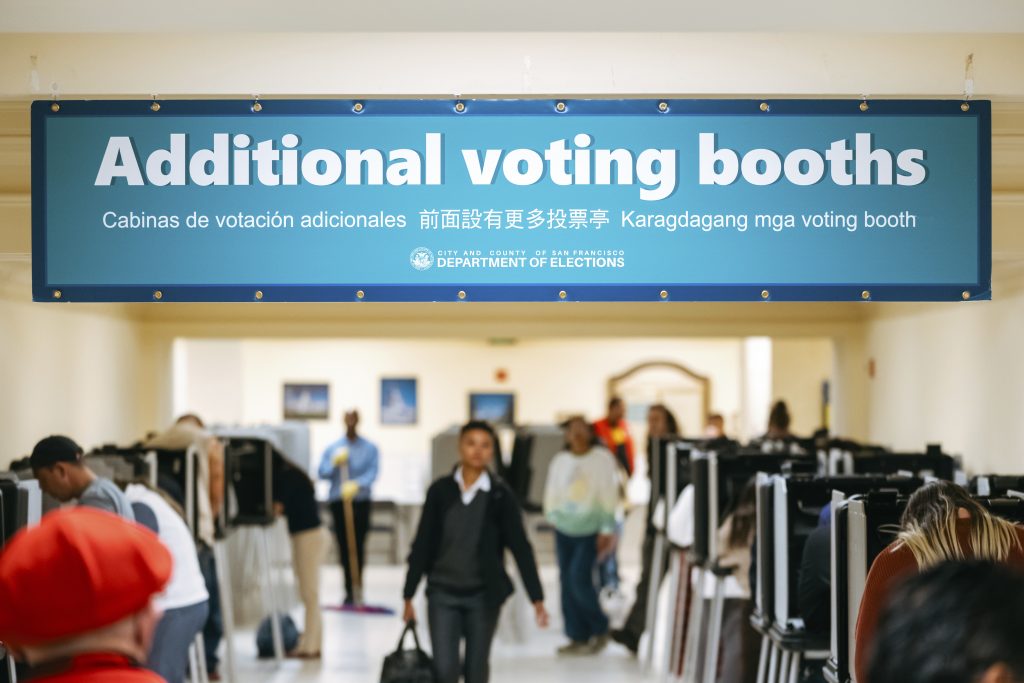
Let’s Talk… Post-Election
Three Election Takeaways for Policymakers
December 12, 2024
Elections have consequences, as the saying goes. They also hold lessons for policymakers on how to improve our electoral system and ensure the integrity of the voting process. Despite the heated rhetoric on the campaign trail about election fraud and fear of unrest and contested results, the election process proceeded relatively smoothly – whether you agreed with the final results or not. Nevertheless, some weaknesses and vulnerabilities in our electoral systems and procedures were exposed. Below we’ll look at three lessons and topics for policymakers to address from this last election:
Super PACs Shouldn’t be Able to Buy Voter Support
Billionaire and ardent Trump supporter Elon Musk announced in the lead up to the election that his political action committee (PAC) would be giving away a $1 million prize every day until Election Day. The catch was that you had to be a registered voter in a battleground state who signed a petition supporting the First and Second Amendments. It was seen as a not-so-subtle attempt to incentivize voter registration and participation, despite a federal ban on financial incentives for registering to vote or casting a ballot in a federal contest. Musk’s America PAC was sued by the Philadelphia District Attorney Larry Krasner for running an illegal lottery, though the judge ended up tossing the case after the head of the America PAC claimed that the winners were not chosen at random but based on their personal stories and were paid to serve as spokespeople – voiding Krasner’s charge of operating an illegal lottery. This contradicted previous statements by Musk who had claimed the give-away was a random lottery.

Clearly, politically motivated cash giveaways for registering to vote can easily be construed as an effort to buy votes. Although no one was asked to pledge to vote for Trump, the direct affiliation between Musk, the America PAC, and the Trump campaign could still unduly sway voters. This scheme by Musk’s America PAC exposes a gray election law area that must be addressed.
At NextGen Policy, we believe that part of the solution is Automatic Voter Registration (AVR) – simply put, AVR is a way to ensure that all eligible voters are placed on the voter rolls. If everyone is registered, then no one can be influenced with a financial incentive. This is one of many reasons that we supported Senator Monique Limon’s SB 299 this past legislative session. This bill attempted to implement a full AVR program in California – ultimately the measure was vetoed by Governor Newsom.
In addition to addressing financial or other incentives to register to vote, there remains the thorny issue of stopping PACs in the future from providing financial incentives to sway votes. While Musk’s “super PAC” is not legally allowed to coordinate or endorse a candidate, it was clear from Musk’s role as a Trump campaign surrogate and pledging to spend vast sums of money in support of Trump’s candidacy, that it is impossible to separate out a cash sweepstakes sponsored by his PAC from his own advocacy. Election experts must consider what they can put forward, within the bounds of the U.S. Constitution, to prevent these types of similar situations from unfolding again.
The Threat of Deepfakes Didn’t Materialize in California but Did in Other States
Before the election, I wrote a blog post about the potent threat posed by deepfakes – fraudulent voice, video, or other postings – to the smooth conduct of our elections. Thankfully, no serious election-related deepfake videos made the news in California. It’s not surprising that disinformation campaigns, though not as widespread as feared, were targeted at battleground states. A fake video purporting to show an election worker destroying ballots in Pennsylvania highlights the peril and the difficulty in countering disinformation. The video was viewed hundreds of thousands of times on X (formerly Twitter) within hours of being posted, while the post debunking it by the Bucks County Department of Elections only drew a fraction of the views.

Two California laws, AB 2655 and AB 2839, passed this year, seek to tackle digitally-manipulated election content designed to deceive voters but unfortunately are currently being challenged in the courts. The companion laws ban the distribution of this type of deceptive election content for a designated period before and after elections and, in select cases, allow for labeling instead of an outright ban. A judge has issued an injunction, halting implementation of AB 2839 while the court case proceeds, and Elon Musk has filed a lawsuit to block implementation of AB 2655.
California took one of the most aggressive stances on regulating digitally altered, deceptive election content. If the court strikes down either law, California may need to take a second pass at regulating this emerging threat.
California Needs to Invest More in Election Staff and Resources to Speed up the Vote Count
Once again, the nation waited on California to tally the vote, this time with several close Congressional races that would determine control of the U.S. House of Representatives on the line. The deadline for the California Secretary of State to certify the election results is not until December 13, about five weeks after Election Day. This also falls after the official swearing in of the new California Legislature.
Despite the negative headlines, the slow vote count is a result of a raft of positive, pro-voter reforms in recent years that NextGen has supported to increase convenience and access to voting.
- Since 2020, every registered voter in the state automatically receives a ballot in the mail. The surge in mail-in balloting has led to a slower vote count, as each ballot must be removed from the envelope and the signature must be verified. If a signature cannot be verified, officials attempt to contact the voter and allow them to confirm their participation (known as “curing”). The window for voters to verify their signature can extend up to two days before the certification of the results.
- California also has extended the deadline for when mail-in ballots can be received. All ballots postmarked on Election Day will be counted so long as they are received within a week.
- Same day registration also requires voters to cast provisional ballots until their registration forms are processed and their eligibility is verified.

California already allows the processing — but not the counting — of ballots as they are received before Election Day. Processing means that the voter signature on the ballot is verified and the ballot is removed from the envelope, ready to be counted when the polls close on Election Day.
So what more can be done without sacrificing election security and voting options?
- Investing more resources to staff up and improve the infrastructure to handle the increased workload that comes with mail-in ballots.
- Automatic Voter Registration to reduce the number of people using same-day voter registration and casting provisional ballots.
- More Vote Centers to cut down on the need for provisional balloting. Counties that opted into the Voter’s Choice Act have adopted a Vote Center model, where any voter in the county can go to cast their ballot. Traditionally, voters must go to their assigned polling location and if they go elsewhere in the county, they must cast a provisional ballot.
- Public information campaigns to encourage people to vote early in order to speed up election results.
Several bills were just introduced this month – at the beginning of the new legislative session – including AB 5 by Marc Berman, to address different aspects of ballot processing. We will be closely watching as these bills work their way through the legislative process.
Stay tuned for more updates on the happenings in the election policy space. Beyond the need for some fine-tuning of California election laws, there could be some major overhauls in how elections are carried out if the Trump administration is successful in implementing their policy agenda. The incoming Trump administration has signaled that they will push for drastic changes to election policy, including requiring a proof of citizenship document to register to vote (such as a passport or birth certificate), requiring a government-issued ID to cast a ballot, and rollbacks of voter protections (such as limits on voter purges). NextGen stands ready to defend voter rights and California’s hard-fought progress on expanding access to the ballot box.
Thanks for reading,
Amy Hamblin
